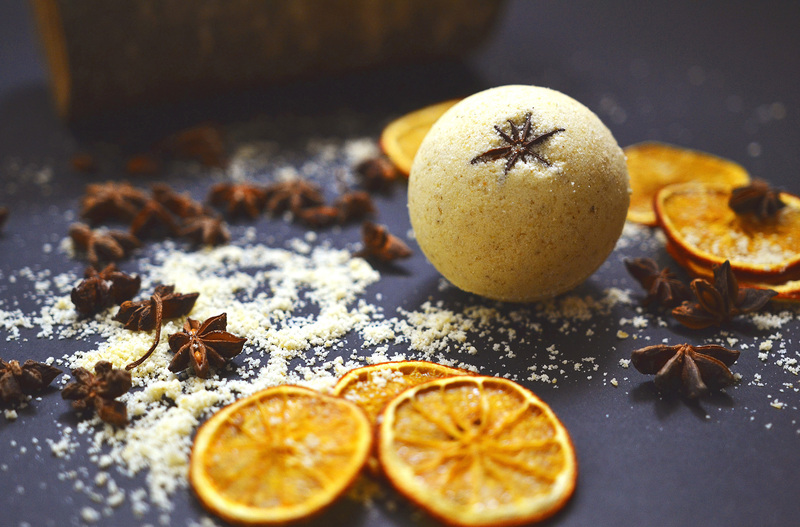Quick Tips to Banish Damp Smell
Posted on 30/08/2025
Quick Tips to Banish Damp Smell: A Comprehensive Guide
Dealing with that unwanted musty, damp smell in your home can be both frustrating and embarrassing. It's a common issue, especially in older buildings, basements, or during humid months. Fortunately, with a few proactive steps and practical methods, you can effectively eliminate the damp odor and enjoy a fresher living environment. Below, you'll find a comprehensive, SEO-friendly article packed with quick tips to get rid of damp odors, along with long-term strategies to prevent them from returning. Let's dive in!

Understanding the Source of Damp Smell
Before you can banish damp smells for good, it's crucial to understand what's causing the problem. A musty smell is often a sign of excessive moisture, inadequate ventilation, or even an underlying mold or mildew problem. These odors can originate from:
- Leaky pipes or roofs
- Poorly ventilated rooms (bathrooms, basements, attics)
- Wetting or drying of fabrics and furniture
- Condensation on walls and windows
- Stored items in damp locations
Identifying the root cause helps you tailor your approach for more effective solutions.
Quick Tips to Eliminate Damp Smell Instantly
1. Improve Ventilation
One of the simplest yet most effective ways to fight musty odors is to increase airflow in your home:
- Open windows and doors regularly to let fresh air circulate.
- Use ceiling fans or portable fans to keep air moving, especially in rooms that are prone to stuffiness.
- Install ventilation grills or use extractor fans in bathrooms and kitchens.
Good ventilation helps reduce humidity and prevents moisture build-up--short-circuiting the development of damp smells.
2. Tackle the Source of Moisture
To permanently remove damp odors, you'll need to address any moisture problems at their source:
- Repair leaks -- Fix dripping pipes, windows, or roofing immediately.
- Check for condensation -- Insulate cold surfaces, use double glazing, or wipe down affected windows and walls daily.
- Ensure your property's guttering and downpipes are clear and directing water away from the building.
3. Use Dehumidifiers
A dehumidifier is a powerful ally in your fight against musty, damp odors:
- Select a model suitable for the size of your room or the degree of dampness.
- Run it regularly in problem areas--such as basements or laundry rooms.
- Empty and clean the water reservoir often to prevent any bacterial build-up.
Dehumidifiers help maintain optimal indoor humidity levels, making it harder for mold, mildew, and musty odors to thrive.
4. Wash and Air Out Fabrics
Fabrics absorb and retain damp smells more than you might expect. Here's how you can refresh them:
- Wash washable items such as curtains, cushion covers, throws, and bedding with a cup of white vinegar or baking soda for added odor-fighting power.
- Hang fabrics outside to air dry in the sun, which naturally kills bacteria and mold spores.
- For rugs and carpets, sprinkle baking soda liberally, leave for a few hours, then vacuum thoroughly.
5. Clean Mold and Mildew Immediately
Mold and mildew are primary culprits behind persistent damp smells. Don't ignore even the smallest patches:
- Clean affected walls or tile grout with a mixture of water, white vinegar, and a few drops of tea tree oil.
- Wear gloves and a mask to protect yourself while cleaning visible mold.
- Dispose of heavily-infested items that can't be properly cleaned, like old carpets or books.
6. Use Natural Deodorizers
Besides physical cleaning, try these easy remedies to neutralize musty odors in the air:
- Baking soda: Place bowls filled with baking soda around the room to absorb odors.
- Activated charcoal: Use charcoal bags or containers in cupboards or musty corners.
- Coffee grounds or citrus peels: Put them in open containers for a natural, pleasant fragrance.
- Simmer lemon peels or cloves in a saucepan for a quick air-freshening boost.
Natural deodorizers are an eco-friendly way to keep your home smelling clean and fresh.
7. Clean Soft Furnishings and Upholstery
If your sofas or armchairs have absorbed that stubborn damp odor:
- Vacuum soft furnishings thoroughly and frequently.
- After vacuuming, lightly spritz with a mixture of water and a few drops of essential oil.
- If possible, and the label allows, steam clean upholstery for deep sanitizing.
8. Deep Clean Floors and Walls
Don't underestimate areas like floorboards and walls--they can harbor hidden damp smells:
- Mop hard floors with a solution of warm water, white vinegar, and a splash of dish soap.
- Wipe walls and skirting boards down, focusing on corners where mold can accumulate.
9. Refresh Cupboards and Closets
Closets and cupboards are notorious for developing a damp smell, especially if tightly packed:
- Empty closets completely, washing down shelves and letting them air dry thoroughly.
- Use silica gel packs, open containers of baking soda, or scented sachets inside.
- Organize clothes and shoes to allow better air circulation.
Long-Term Strategies to Prevent Damp Smell
1. Improve Home Insulation
Investing in quality insulation helps prevent future damp, musty odors by:
- Reducing condensation on walls and ceilings
- Stabilizing indoor temperatures, making the space less hospitable for mold and mildew
2. Routine Maintenance
- Regularly check for leaks or water ingress in plumbing, roofs, and basements.
- Clear gutters and downspouts each season.
- Keep indoor plants to a minimum, as over-watering can increase humidity.
3. Maintain Optimal Humidity Levels
Aim for a humidity level of between 30% and 50%. Use a hygrometer to measure and control your home's humidity.
4. Professional Help for Persistent Odors
If you've tried all the above steps and the stale, damp smell lingers on, it may be time to consult a professional:
- Mold remediation experts can assess and remove widespread infestations.
- Home inspectors can identify structural defects that cause persistent moisture.

Common Questions About Damp Smell
- Why does my house have a constant damp smell?
This is usually due to excess moisture, poor ventilation, leaks, or mold and mildew growth. - Can plants get rid of damp odors?
While some houseplants can help purify the air, they also add humidity, so use them sparingly in already damp environments. - Is a damp smell dangerous?
Prolonged exposure to mold spores can cause health problems, such as allergies and respiratory issues. It's important to address the issue promptly.
Summary: Freshen Your Home with These Proven Tips
Damp, musty odors are unpleasant but entirely manageable. By improving ventilation, tackling moisture at the source, using dehumidifiers, regularly cleaning fabrics and rooms, and utilizing both quick fixes and long-term strategies, you can banish the damp smell from your home--for good. Regular maintenance and vigilance are key to preventing odors from returning, ensuring your space always feels--and smells--fresh.
Don't let a musty odor undermine your home comfort. Put these quick tips to eliminate damp odors into action today and breathe easier in a cleaner, more inviting environment!




